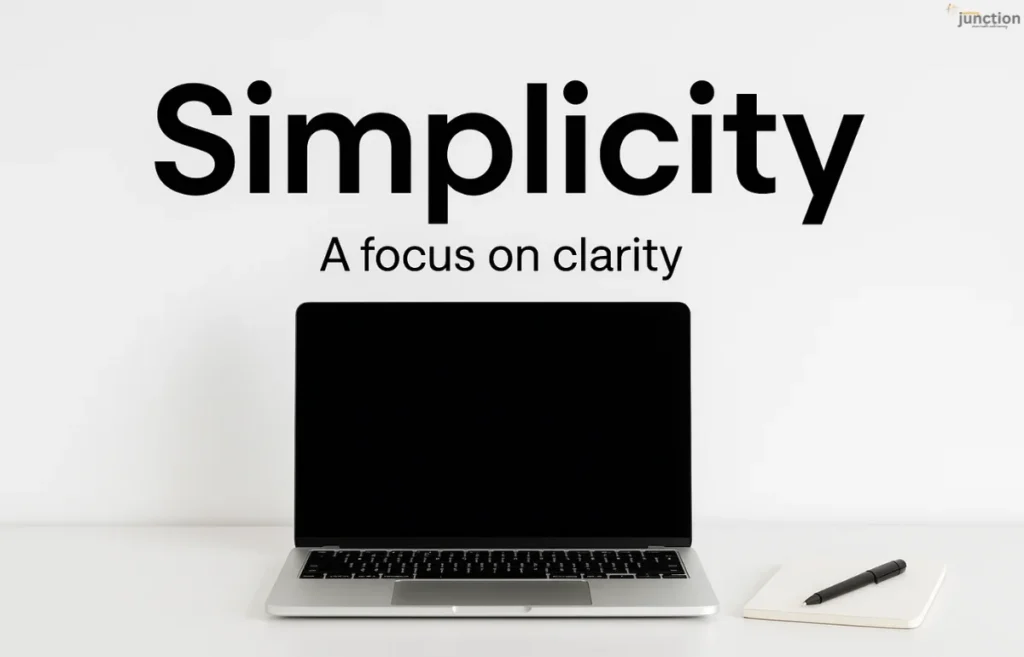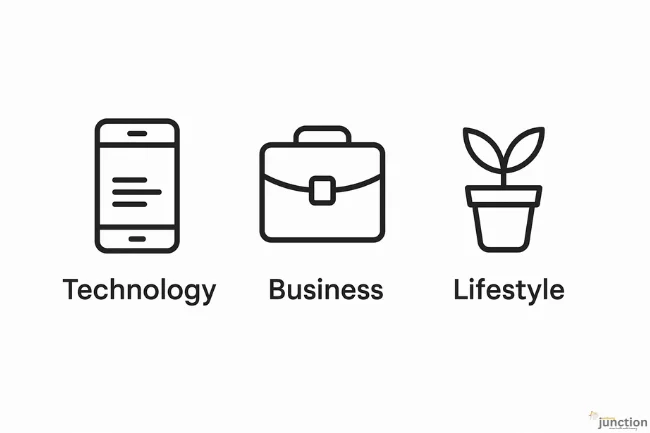Many people mistakenly believe that simplicity means sacrifice—giving up features or settling for less. In reality, modern simplicity, or Simpciry, is a force multiplier. It strategically removes unnecessary complexities so that the essential elements can shine and function flawlessly.
Beyond “Less is More”: Defining Purposeful Simplicity
Traditional simplicity often focuses on mere reduction—taking away elements until a design or process is minimal. Simpciry takes this a step further: it ensures that every remaining element serves a clear, functional, and enhanced purpose. The goal is not just to be sparse, but to be supremely effective.
Think of a highly refined piece of software. It may look simple, but its underlying code and architecture are highly complex. However, the user experience is designed with intentional simplicity, making the powerful technology accessible and intuitive. This strategic focus on clarity is what makes simplicity a powerful tool for enhancing the human experience, whether in an application, a business model, or a daily routine.
The Cost of Unnecessary Complexity
Complexity exacts a heavy toll. In business, it slows decision-making, increases overhead costs, and confuses customers. In technology, it frustrates users, leads to bugs, and drains engagement. In personal life, complexity—in the form of information overload and constant distractions—is the primary driver of stress and burnout. Embracing the pursuit of simplicity is, therefore, an investment in efficiency and mental clarity.
The power of clarity is most evident in its practical applications across three critical domains: technology, business, and lifestyle.
Technological Simplicity: The User Experience Imperative
In the digital world, the user’s attention is the most valuable currency. Users gravitate toward experiences that are smooth, fast, and intuitive.
Clean UI and Intuitive Navigation
A product built on the philosophy of Simpciry avoids clutter. A Simpciry-driven user interface (UI) design highlights only the essential features, making navigation feel natural and direct. Simplicity in design doesn’t hide functionality; it organizes it intelligently. This focus on intuitive flow is critical because every confusing step or excess click represents a point where a user might abandon the product.
Automation and Efficiency
Simplicity in technology also involves backend efficiency. The application of AI and automation to reduce repetitive, low-value tasks is a prime example of achieving simplicity for the end-user. By automating processes, technology simplifies the work, saves human effort, and reduces the chance of manual error, resulting in a significantly more productive experience.
Business Simplicity: Building Trust and Efficiency
A business that operates with simplicity at its core is inherently more transparent and customer-focused. Simpciry in business means stripping away jargon, convoluted policies, and unnecessary red tape.
Transparent Communication and Service
A company adopting business simplicity prioritizes clear and fast customer service. Instead of lengthy phone menus or confusing terms and conditions, communication is straightforward, honest, and aimed at quick resolution. This simplicity in communication builds customer trust and reduces friction points across the entire service journey.
Streamlined Operations
Internally, Simpciry encourages lean operations, where every process and meeting has a defined purpose. This allows teams to focus on core value delivery rather than bureaucratic overhead. Simple, efficient structures are more adaptable, making the business more resilient to market changes.
| Aspect of Complexity | Simpciry Approach (Intentional Simplicity) | Core Benefit |
| Technology/UI | Focused, clean layout with direct navigation paths. | Increased user engagement and satisfaction. |
| Business/Marketing | Straightforward messaging focused on core value proposition. | Higher customer trust and better conversion rates. |
| Lifestyle/Routine | Adoption of mindful habits and setting clear boundaries. | Reduced stress and enhanced personal focus. |
Lifestyle Simplicity: The Path to Well-Being
Perhaps the most profound impact of simplicity is on personal well-being. In a culture obsessed with acquisition and constant busyness, choosing simplicity is a radical act of self-care.
Minimalism and Mental Space
Adopting a minimalist approach to living spaces and possessions reduces cognitive load. Removing unnecessary clutter from your environment creates simplicity in your surroundings, which in turn creates mental space. This absence of distraction allows for better focus and more peaceful living.
Mindful Choices Over Overload
Lifestyle Simpciry encourages individuals to make mindful choices—prioritizing essential activities over endless multitasking. It means setting healthy boundaries on work and digital consumption. This move toward greater life simplicity actively combats stress and anxiety, enabling people to enjoy their daily activities with greater presence and focus.
The Future is Simple: A Guiding Principle
As technology continues to accelerate, the need for simplicity will only intensify. Future innovations—from advanced AI to increasingly integrated smart homes—will rely on designers and engineers who can master the art of making the complex appear effortless. Companies that commit to Simpciry will meet user expectations for frictionless experiences, while individuals who apply intentional simplicity to their lives will find greater balance and clarity.
Ultimately, simplicity is not a trend to follow, but a fundamental strategy to adopt. It is the bridge between chaotic complexity and empowering clarity.
FAQs
Q1: What is the difference between Simplicity and Simpciry?
Simplicity is the general state of being uncomplicated. Simpciry is a modern philosophy defined here as the strategic blend of innovation and clarity. While simplicity aims to cut down elements, Simpciry ensures that every element that remains serves a clear, enhanced function, making it a proactive approach to complexity.
Q2: How can I apply Simplicity to my work processes?
Start by identifying your most valuable task. Then, list all the steps, meetings, and tools required to complete it. Strategically remove or automate any steps that don’t directly add value to the final product or goal. Focus on making communication direct and transparent to reduce misunderstandings.
Q3: Isn’t “Simple” often just another word for “Basic”?
Quite the opposite, actually. Intentional simplicity (Simpciry) is achieved through advanced thinking and design. It is the result of complexity being managed and concealed to offer an elegant, powerful, and intuitive experience. A simple-to-use product is often highly sophisticated under the hood.
Q4: Will focusing on Simplicity hurt my creativity?
On the contrary. Simplicity provides clear boundaries that often boost creativity. By limiting the number of elements or tools you use, you are forced to be more inventive with the resources you have, leading to more focused, impactful, and often more elegant solutions.
Q5: Is Digital Minimalism a form of Simpciry?
Yes, digital minimalism is a core application of Simpciry in the personal technology sphere. It involves intentionally scaling back digital usage and device ownership to focus on activities that genuinely add value, thereby creating greater simplicity and focus in one’s digital life.
Conclusion
Embracing the power of simplicity is the most effective way to navigate the complexities of the modern world. Whether you are designing a product, structuring a business, or managing your time, choosing clarity over clutter leads directly to efficiency, trust, and well-being.
Take the Next Step: Audit one area of your life—your email inbox, your morning routine, or a core business process—and identify three elements you can strategically remove to increase its clarity and effectiveness. The journey toward Simpciry starts with one mindful choice.

Ton Roobprom is an experienced writer focused on practical advice across technology, business, travel, beauty, lifestyle, and home improvements. He specializes in distilling complex subjects into clear, actionable insights to help you enhance your daily life.




